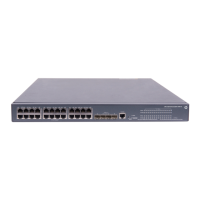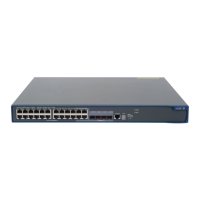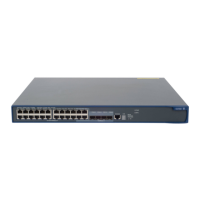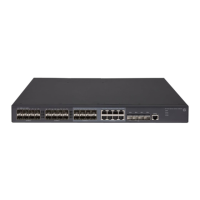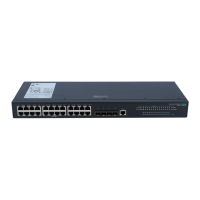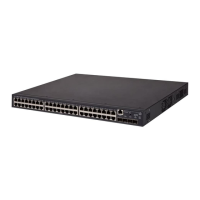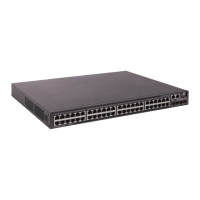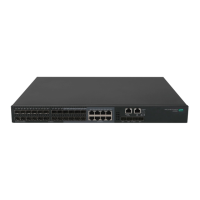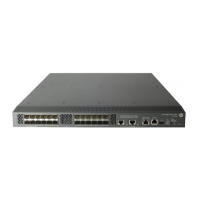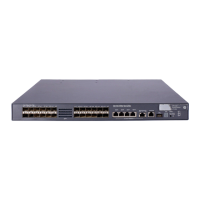117
Deleting a startup configuration file to be used at
the next startup
You can delete a startup configuration file to be used at the next startup at the CLI. On a device that has
main and backup startup configuration files, you can choose to delete the main, the backup, or both. If
the device has only one startup configuration to be used at the next startup, the system only sets the
startup configuration file to NULL.
You may need to delete a startup configuration file to be used at the next startup for one of the following
reasons:
• After you upgrade system software, the existing startup configuration files do not match the new
system software.
• Startup configuration files are corrupted (often caused by loading a wrong configuration file).
Follow the step below to delete a startup configuration file to be used at the next startup:
To do… Use the command…
Remarks
Delete a startup configuration file
to be used at the next startup from
the storage media
reset saved-configuration [ backup
| main ]
Required
Available in user view
CAUTION:
This command permanently deletes startup configuration files to be used at the next startup from all
member devices. Use it with caution.
Restoring a startup configuration file
The restore function allows you to copy a configuration file from a TFTP server to the root directory of the
storage media of all the member devices and specify the file as the startup configuration file to be used
at the next startup.
Follow the step below to restore a startup configuration file to be used at the next startup:
To do… Use the command… Remarks
Restore a startup configuration file
to be used at the next startup
restore startup-configuration from
src-addr src-filename
Required
Available in user view.
This command is not supported in
FIPS mode.
NOTE:
• The restore operation restores the main startup configuration file.
• Before restoring a configuration file, ensure that the server is reachable, the server is enabled with TFTP
service, and the client has read and write permission.
• After execution of the command, use the display startup command (in user view) to verify that the
filename of the configuration file to be used at the next system startup is the same with that specified by
the
filename
argument.
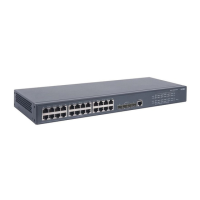
